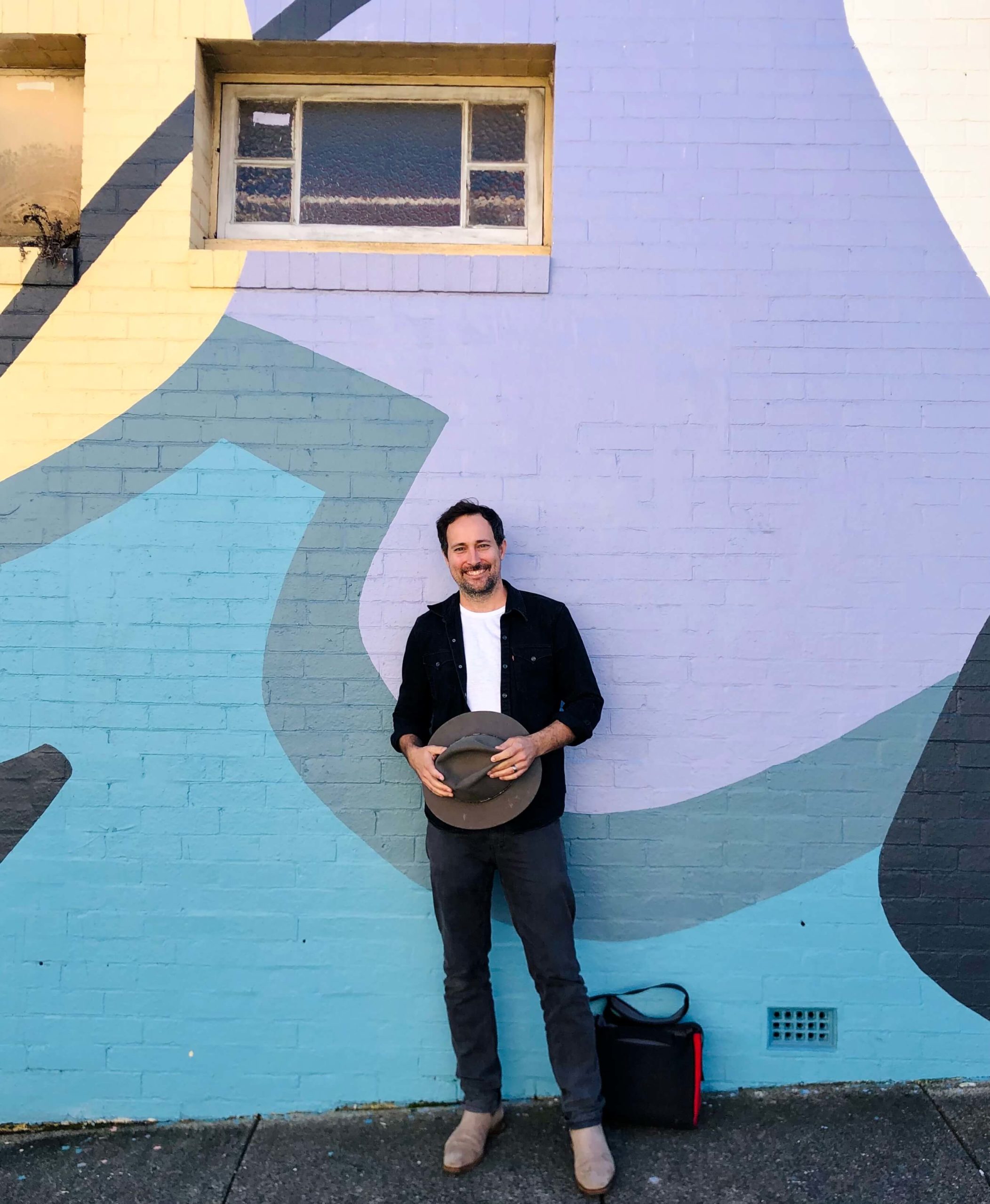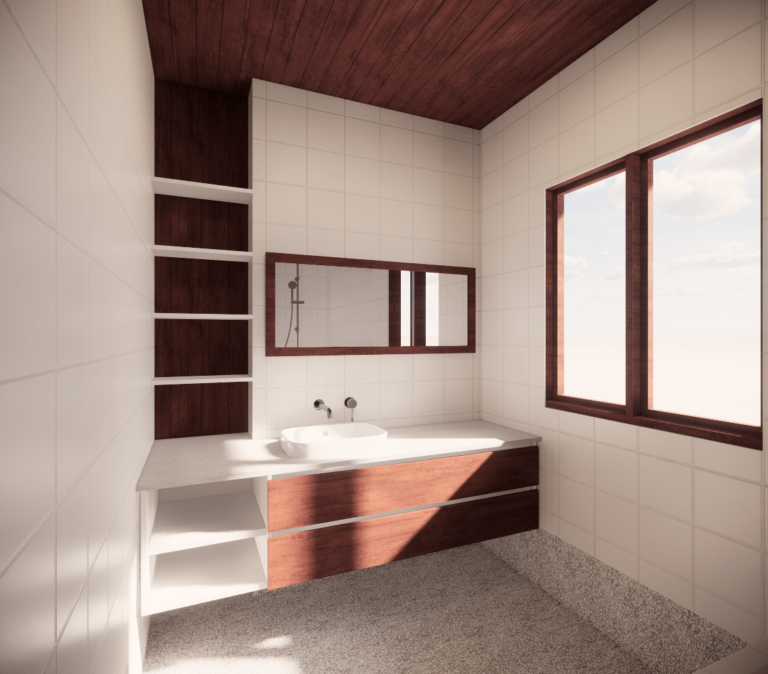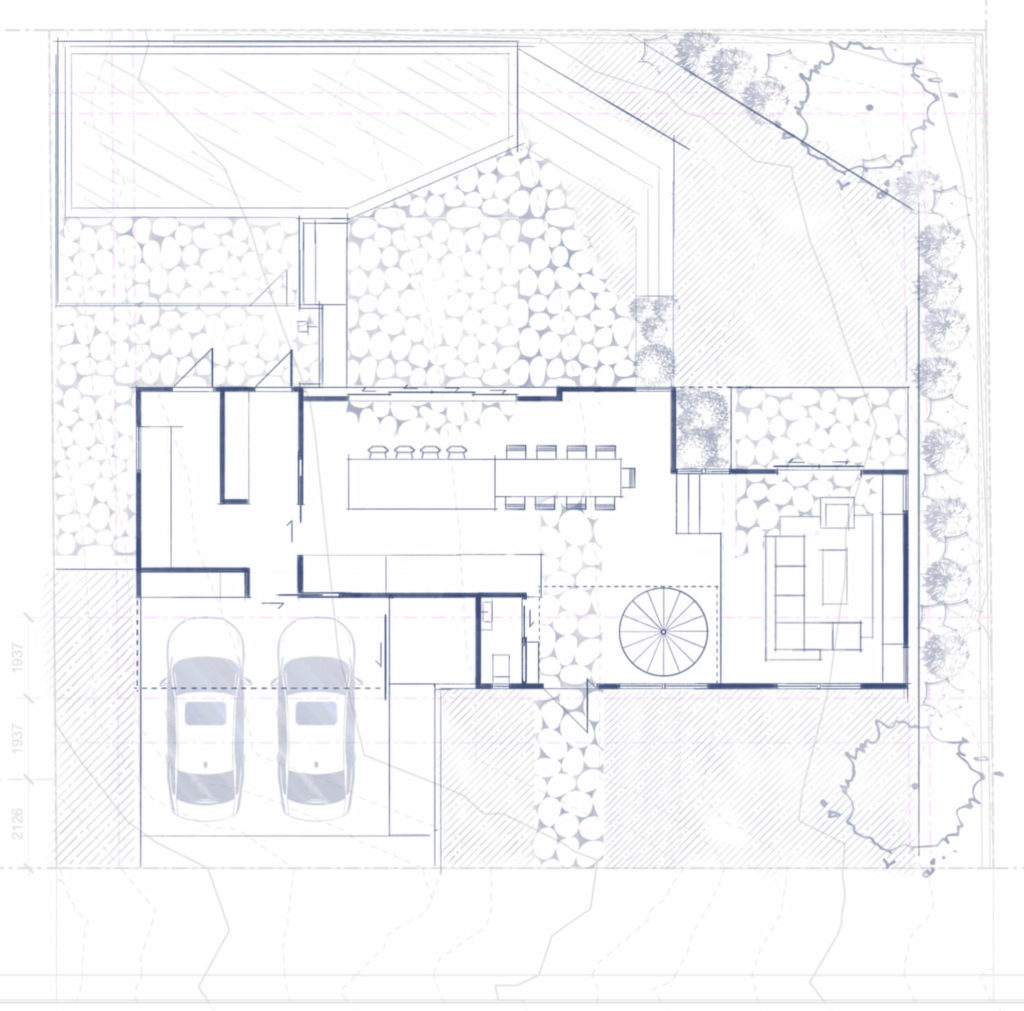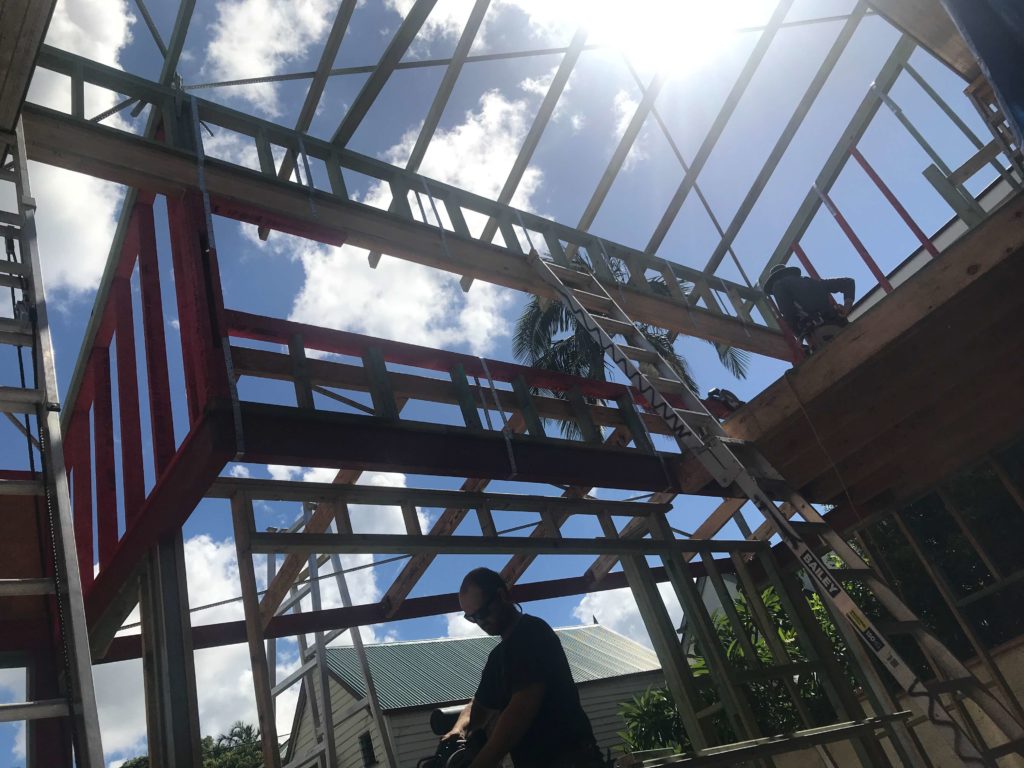Tilewa Adeoye recently had a chat with Jaydn Bowe (Village Architect) to discuss his experience starting an architecture practice alone. Looking to branch out someday and in need of a first-hand account of what that’s like? Read on for excellent advice on how to go about it, and answers to questions you may already have.
1. How did you start your architectural journey?
I completed a carpentry apprenticeship between 2006 and 2010. During that time I became interested in design, building technology and how buildings, especially houses, could be different, and better than the houses I was working on as a carpenter. After my apprenticeship I had to decide whether I would continue down the construction path, or as I ended up doing, exploring other pathways parallel to building. I did my Undergraduate degree at Griffith University, subsequently enrolled in UQ’s MArch program and graduated in 2014.
After graduating, I worked for a total of 5 years during which I did the bulk of my registration process. Throughout this time, I had generally good experiences as an employee but sometime last year I cut back on my work to take on more parenting duties. Shortly after that, I got registered and it seemed like the perfect time to try working for myself, which is something I had always wanted to try. I now work as a Sole Practitioner under the pseudonym “Village Architect”. I feel as though the registration process certainly prepared me for running a business and I quite enjoyed it after I passed the logbook stage.


2. What has your experience been so far and is it any different to the expectations you had when you first started out?
In a lot of ways, it has been a lot better than I expected. I’ve had more support (from family, friends and colleagues) than I anticipated, which has been pleasantly surprising. It also helps that the segment of the market I’m operating in (small scale residential) is in hyperdrive at the moment. The story differs from client to client. There are clients who have always had design/construction works in mind and are just now getting around to doing it. For some others, money that might otherwise have been set aside for things like traveling is now being invested into bettering homes that they are spending more time in. Another reason could be the government stimulus package that encourages/requires people to do a significant amount of construction work that meets a set financial threshold, but only one of my projects is eligible for that scheme. In general, there has been a relatively steady inflow of work. My first job was the renovation of my uncle’s bathroom after which more jobs came from other personal relationships. I have also been completing the renovation of my own house and that has involved a fair bit of work. More recently I have picked up two commissions for new houses, which is very exciting. Altogether, I am grateful for the trajectory of things so far and can only hope this level of activity is sustained.
3. What kind of architecture does Village Architect do and why?
Residential architecture including new builds and renovation works for everyday people who need well designed spaces with as little hassle as possible. These are mostly mum and dad type clients who are after homes that meet their families’ needs and may typically shy away from the perceived luxury of architectural services. My principal focus at this stage is the value my work brings to my clients and being able to customise my services according to each client and the peculiarities of their needs. This has always been something I had in mind while making the decision to branch out on my own.
4. What are the main tenets of your design approach?
I think “livability” is a term that describes my mindset when approaching design. That means understanding the client, their ambitions and desires for their home and providing solutions to meet their needs. In regard to process, I see design as a problem-solving exercise, and the first step for me is always trying to define what the problem actually is. So often I find clients have a preconceived notion of what they want, but when you dig a little deeper you are able to provide a solution that goes beyond their expectations. So, I think getting to know the clients, especially in this scale of work, is incredibly important, and really requires the designer to remove their ego from the process.
5. Given the current cultural and environmental climate, do you work with any particular design considerations rooted in sustainability?
Yes and no and this is partly due to client demand. The kind of clients I work with are generally hesitant about complex-sounding ideas like special materials and technologies. This could be because of insufficient knowledge around the topic and/or perceived cost implications. So rather than throwing around big words, I highlight strategies like maximising natural lighting and ventilation, smart landscaping and water retention, solar power harnessing and explain the benefits. However, if a client who has a particular sustainability goal came along, I would engage a consultant with specialty in the area. My view is that good design uses as little as possible to create the maximum and that in itself is rooted in sustainability. Building less is the first step in sustainable design. I also think durability and resilience are important design considerations.


6. What misconceptions do you think people who aim to start new practices have?
I think that there is a lot of emphasis on creating “beautiful” architecture, but not everyone wants that. I’ve had clients who have said to me “we don’t want a house that will end up in a magazine spread. We just want a nice house that meets our needs.” Well resolved solutions are beautiful at the end of the day. Also, the importance of knowledge of business management is another thing I think tends to be under-considered. The variety of clients that may be encountered will also determine the extent to which these skills are utilized. Some want to be involved in every stage of the project while others want minimal involvement and want an architect to manage the bulk of the project. Design and drawings are just a small fraction of the work involved and client engagement, relationship management, tax, pricing, accounting, and business management are all things that are encountered in real practice. Personally, before starting out, I was a bit worried about dealing with clients because I didn’t have much experience in that regard during my years as an employee. However, I find that I have an aptitude for it and I actually really enjoy it.
7. How has running your own business affected your personal life? Would you say that you have a better work-life balance now?
I definitely have more control over how my time is spent now so I would say that work-life balance is better now. Balance has become what I need it to be and so has my schedule. Instead of having to be at my desk at a set time, I can arrange my work around my life. For example, I can drop off my daughter for swimming lessons in the morning, get a haircut after and not resume work till about noon. Interestingly, I find that I now work more later hours than when I was an employee. Back then I would usually start early and finish on time but due to the flexibility of my schedule, late nights and weekends are how I am able to catch up on time, but then Fridays are “daddy fun day” with my girls. This setup is working out very well for my family at this stage and I appreciate the extra fluidity of my time.
8. Challenges and upsides?
The upsides include flexibility, not worrying about paying employees (yet), not having the anxiety of having to please your boss as well as the client, and working at my own pace at my own time and in my own space. On the other hand, job security is always in the back of your mind as a sole practitioner. The effect of slow business periods is significantly different for employees and employers. Personally, I would say that I have been lucky so far, but there’s no way of knowing which way the dice will roll next.
A major challenge is the isolation of working by yourself. Working at your own pace in your own space is nice but there’s no one to bounce ideas off and I’ve always loved the collaborative nature of design in a practice. One way I’m relieving the pressure of working solo is catching up with other Sole Practitioners in a little group we call ‘Company of One’. The other members are Interior Designers and Landscape Architects, so we’re able to offer each other ideas and advice from other perspectives. I’m also collaborating with Interior Designers on a couple of projects, which provides design collaboration, but can also help alleviate workload pressures during busy periods.
Lastly, I found coming up with a business name to be a challenge. I wanted to take on a name that removed myself as designer from the business itself, part of the philosophy of removing ego from the process. Before settling on Village Architect, bounced a couple of ideas around, but they just didn’t feel right. Eventually I tapped into my key philosophy and my target demographic and decided on Village. Much like ‘village’ in the traditional sense of the word, Village denotes a communal approach to practice with emphasis on collaboration and a humanist ideology. It also allows for the possibility of a ‘village of architects’ in the future should expansion happen. Interestingly, while the name doesn’t get a great response from fellow architects, it really resonates with my target clients who easily connect with my vision and approach.
9. What advice would you give to anyone considering branching out on their own like you did?
Have a clear idea of what you want to achieve in the short term. I was really lucky in that my main priority was having the time to care for my family, any money I made we saw as a bonus. Know why you want to start a business: find the niche your business would fit into and identify the target market. Also, you’ve got to have a network that you can reach out to for help and advice. Relationships that have the potential for collaboration can come in really handy. Starting a new business could be rewarding but preparation is important. Finally, be open minded about where work may come from. Most of my work so far has come through personal connections, with a couple of professional referrals as well. Again, relationships are key.

